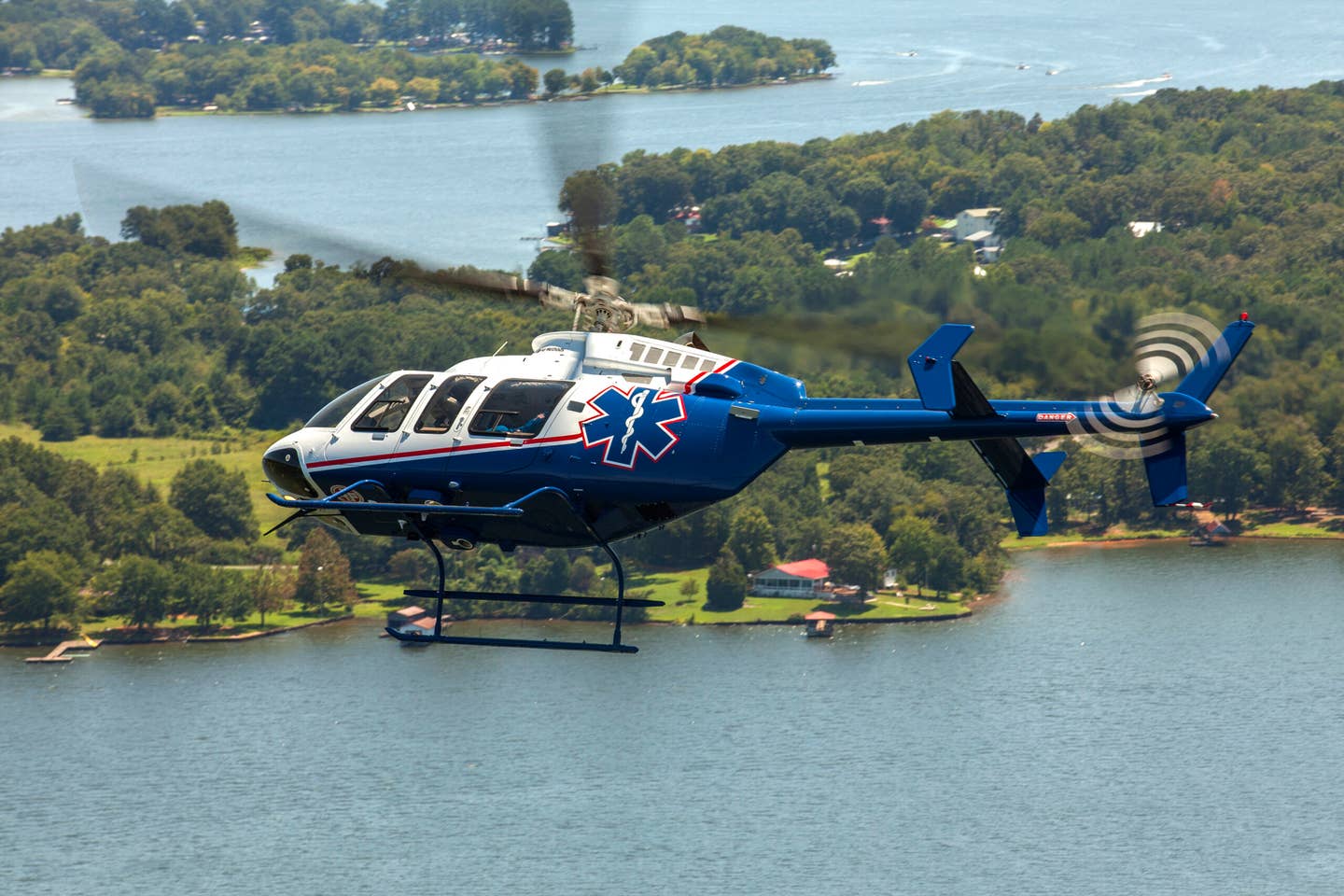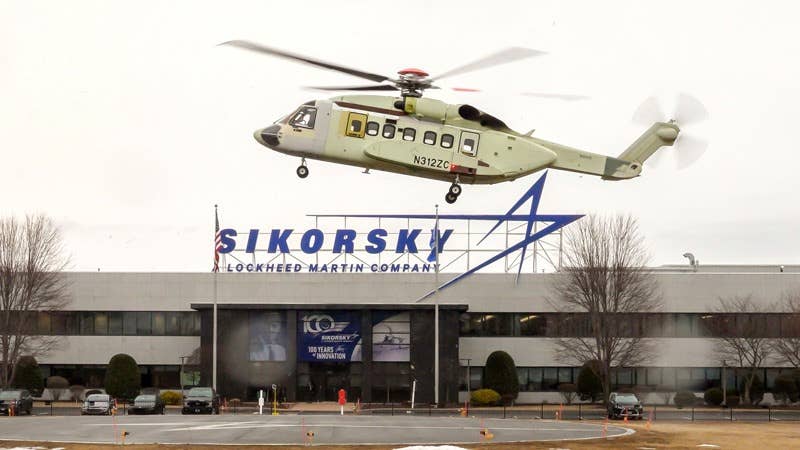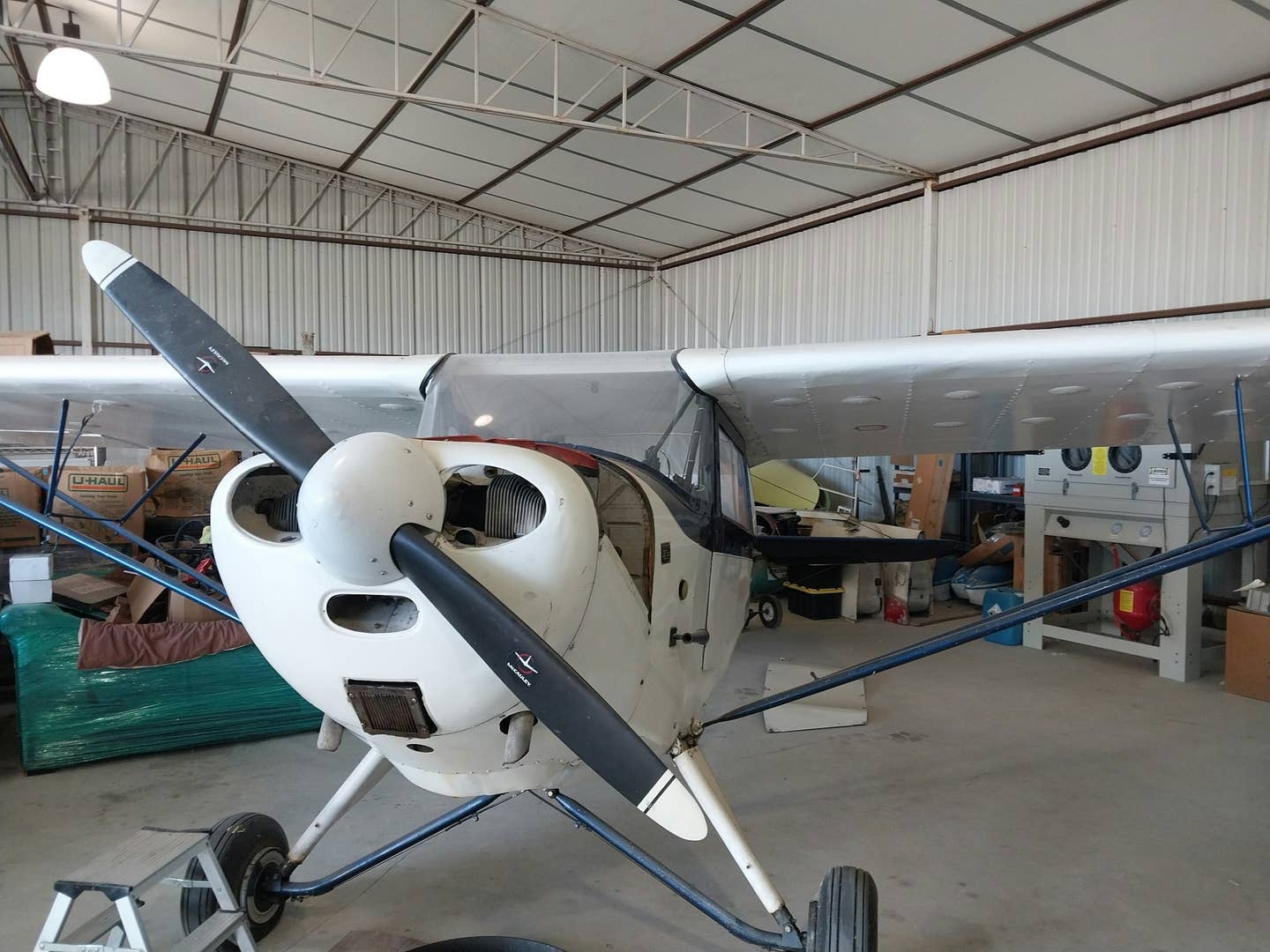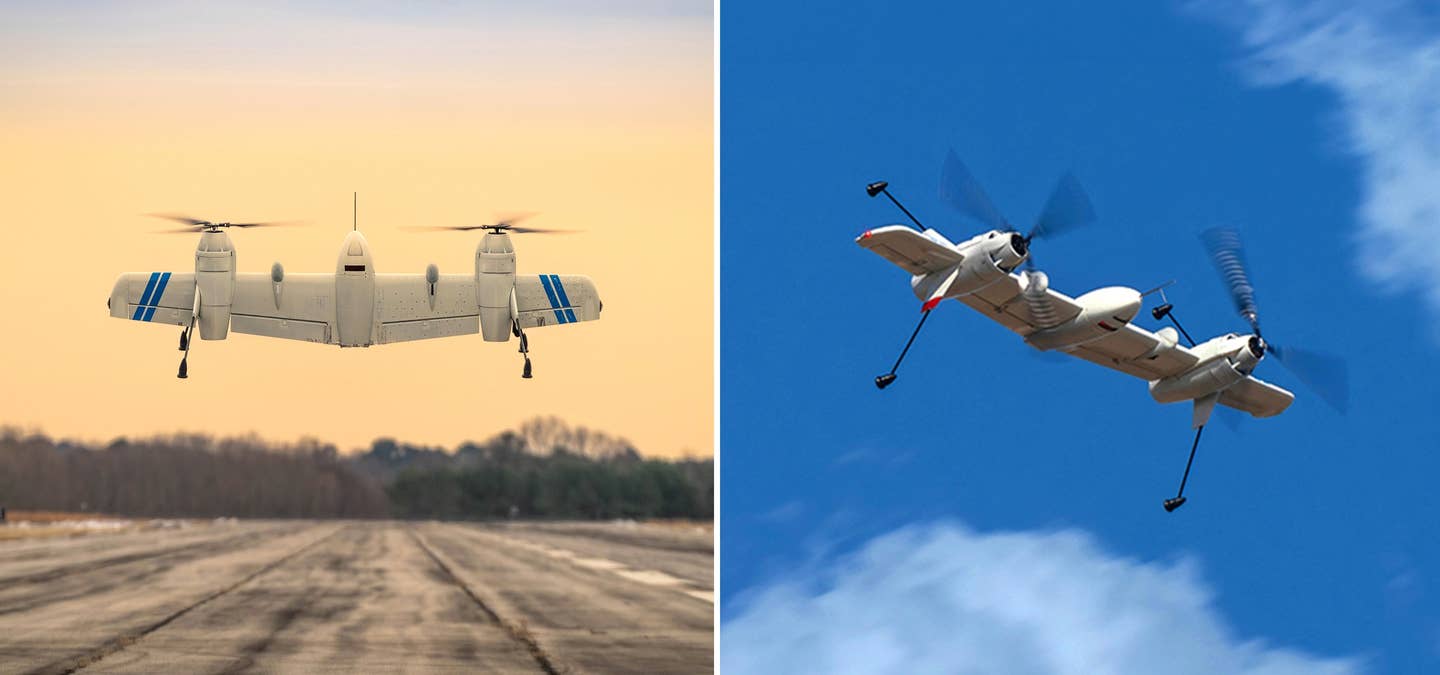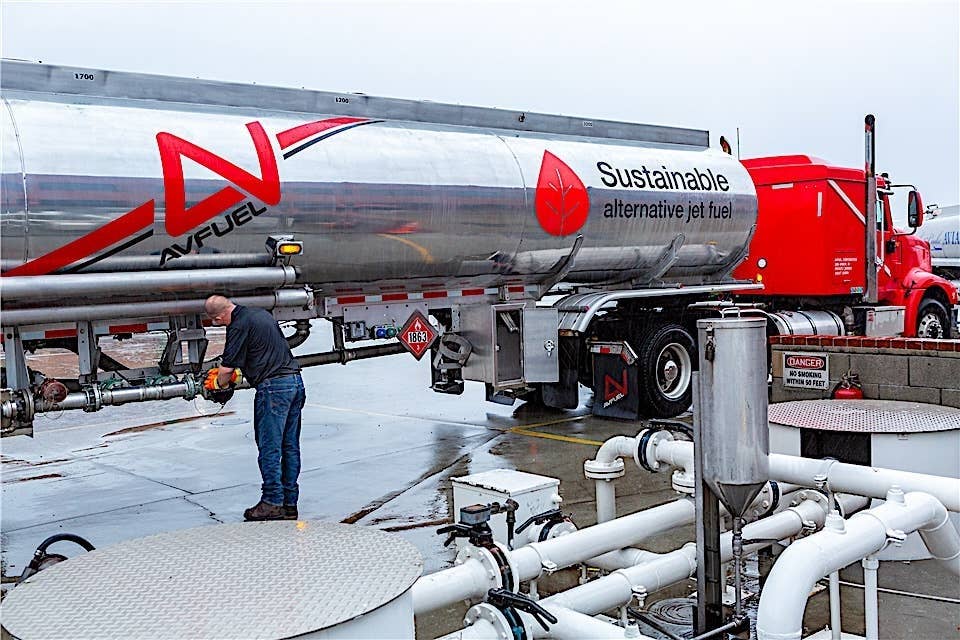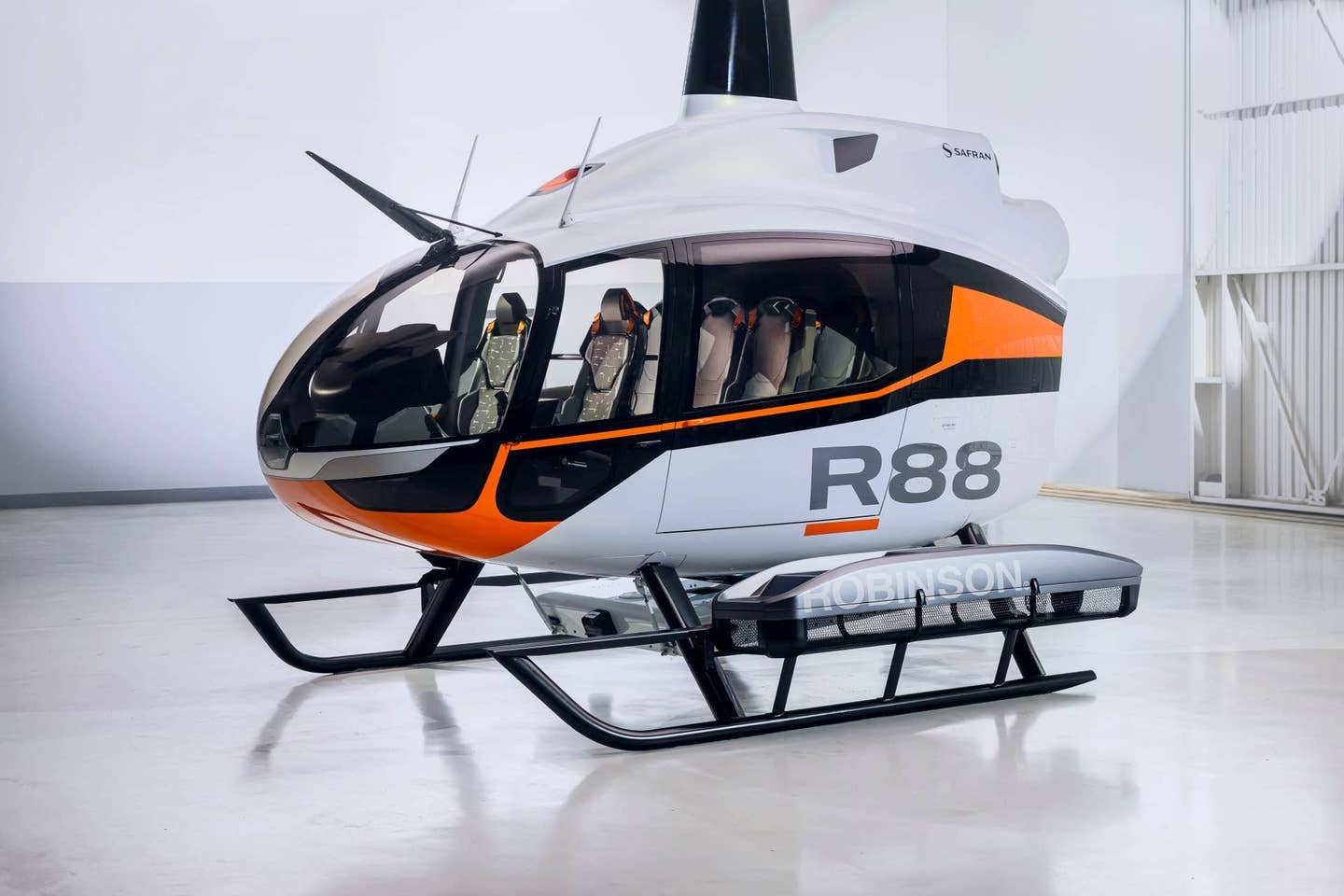
You can find the question posed on just about every well-trodden aviation message board on the Internet: Why can’t we just use fuel-efficient and cheap car engines in our airplanes? The answer, in a nutshell, is that the best automobile engine in the world is usually still a poor aircraft engine. Here are the reasons why:
Car engines are designed to provide quick bursts of relatively high power output for acceleration, and then only modest power output for steady-state cruising. It’s unusual for an auto engine to operate anywhere near its redline rpm or max-rated power output. Airplanes, on the other hand, usually take off and climb near 100 percent power output, followed by steady-state cruise often at 75 percent power. Aircraft engines are designed to sustain this punishment reliably over a typical 2,000-hour service life. Try running your car’s engine at or near redline rpm all the time and see what happens. Of course, we don’t know what will happen, and in an airplane we can’t pull over to the side of the road when it does.
Why couldn’t your car engine run at, say, 2,700 rpm all the time, about the same as that of many piston aircraft engines producing full power? Reciprocating aircraft engines generally spin a propeller via direct drive, with the prop essentially bolted to the crankshaft. Typically, piston aircraft engines produce peak power output at a redline near 2,700 rpm. But compared with car engines, aircraft engines produce gobs of torque at relatively low rpm. Auto engines, on the other hand, usually produce very little torque at those settings, while also relying on liquid cooling. They’re generally designed to produce their peak power at settings above 6,000 rpm, and so to work they need a reduction gear box.
Still, that hasn't stopped some manufacturers from adapting automotive engines for aviation duty, and often with impressive results. Austro Engine did it with its super-efficient AE300 turbodiesel based on a Mercedes-Benz engine. Viking Aircraft Engines of Edgewater, Florida, meanwhile, has adapted the engine from the tiny Honda Fit for use in LSAs. Its liquid-cooled gasoline engine (pictured) produces 110 hp at 5,800 rpm and burns just 3.5 gph at its economy cruise setting.

Sign-up for newsletters & special offers!
Get the latest FLYING stories & special offers delivered directly to your inbox

